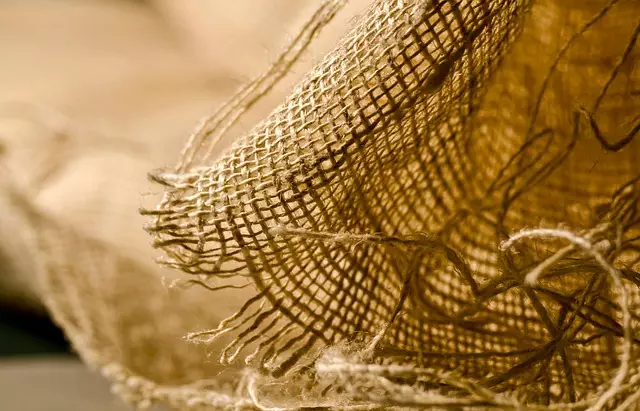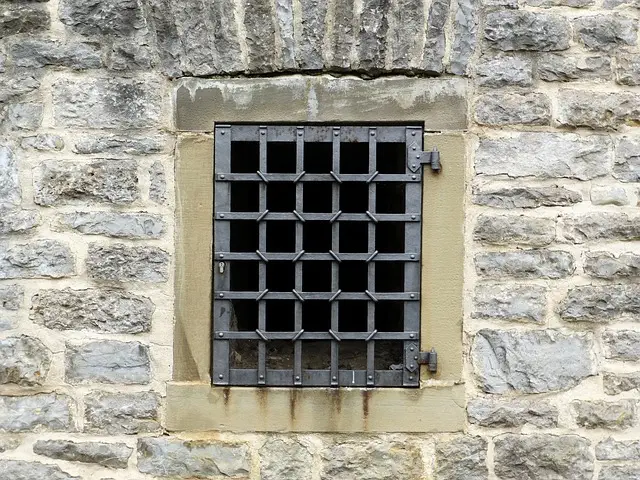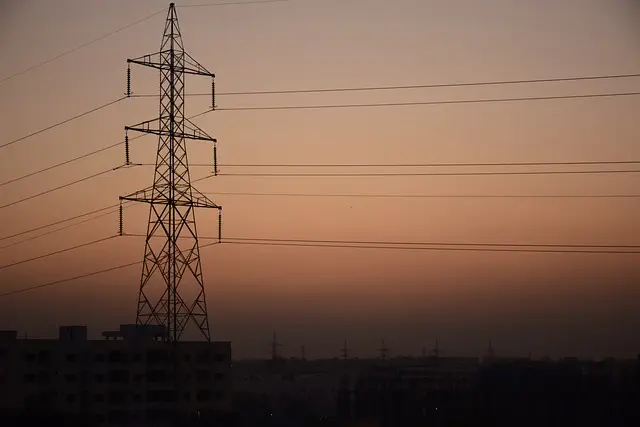Exploring athletic potential through unique training destinations like White Bali and White Borneo offers contrasting benefits. Bali's diverse terrain enhances fitness versatility with varied intensity workouts, while Borneo's higher elevation provides natural resistance training for cardiovascular endurance and muscular strength. Both locations highlight the impact of location on unlocking hidden potential, encouraging holistic approaches to conditioning. For stamina enhancement, choose White Bali rich in cordyceps; for recovery support, opt for White Borneo with higher reishi concentrations. Training techniques adapt to the environment, with local cuisine influencing nutrition strategies, ensuring athletes reach peak performance tailored to each destination.
Reach your peak physical potential with athletic performance support. This comprehensive guide explores the intricate relationship between location and conditioning, delving into a unique comparison study between White Bali and White Borneo as optimal training grounds. We uncover strategic insights for peak fitness, from environmental factors to cutting-edge training techniques. Discover how these approaches can transform your athletic journey, whether you’re an elite athlete or aspiring enthusiast. Uncover the secrets to achieving extraordinary physical conditioning with these game-changing strategies.
Keywords: white bali vs white borneo, athletic performance support, peak physical conditioning
- Unlocking Athletic Potential: The Role of Location in Physical Conditioning
- White Bali vs. White Borneo: A Comparative Study for Optimal Performance
- Strategies for Peak Physical Conditioning: From Environment to Training Techniques
Unlocking Athletic Potential: The Role of Location in Physical Conditioning

Unlocking Athletic Potential: The Role of Location in Physical Conditioning
The quest for peak physical conditioning often leads athletes to explore diverse training environments, with a growing trend towards exotic destinations like Bali and Borneo. While both locations offer stunning natural beauty and unique challenges, they significantly differ in their impact on athletic performance support. White Bali, renowned for its lush rice terraces and rugged mountains, provides a dynamic backdrop for varied intensity workouts, from strenuous hikes to high-altitude training sessions. This variety stimulates muscle groups in novel ways, enhancing overall fitness and versatility.
In contrast, White Borneo’s dense rainforest and towering peaks present distinct advantages. The higher elevation and humid climate offer natural resistance training opportunities, improving cardiovascular endurance and muscular strength. Moreover, the pristine environment encourages a holistic approach to conditioning by promoting proper nutrition and recovery. Whether it’s Bali’s diverse terrain or Borneo’s challenging conditions, these locations illustrate how varying environments can unlock hidden athletic potential, pushing athletes towards new personal bests.
White Bali vs. White Borneo: A Comparative Study for Optimal Performance

When it comes to athletic performance support, the choice between White Bali and White Borneo mushrooms can make a significant difference. Both are renowned for their adaptogenic properties, helping athletes manage stress and enhance performance. However, each variety offers unique benefits. White Bali, known for its higher levels of cordyceps, is often favoured for its potential to boost stamina and endurance in aerobic activities like running and cycling. This makes it a popular choice among long-distance athletes seeking an edge in sustained performance.
On the other hand, White Borneo contains higher concentrations of reishi, renowned for its immune-boosting and anti-inflammatory properties. While not as directly performance-focused as cordyceps, reishi supports overall athletic recovery, reduces post-workout inflammation, and promotes a balanced immune system. This makes White Borneo an excellent choice for athletes looking to minimize downtime between intense training sessions and optimize their overall fitness journey. The choice thus depends on specific needs: White Bali for those prioritizing stamina and endurance, and White Borneo for comprehensive recovery support.
Strategies for Peak Physical Conditioning: From Environment to Training Techniques

Achieving peak physical conditioning requires a multi-faceted approach that goes beyond just intense training sessions. The environment plays a crucial role in enhancing athletic performance, offering a stark contrast between locales like Bali and Borneo. For instance, the lush landscapes and diverse ecosystems of Borneo can inspire a deep connection with nature, fostering mental resilience during rigorous training regimens. In contrast, Bali’s vibrant culture and serene beaches might provide a more calming setting, allowing athletes to focus on their physical goals while enjoying a change of scenery. This environmental shift can stimulate both mind and body.
Training techniques also vary depending on the chosen environment. In dense tropical forests, agility and endurance training can benefit from natural obstacles, while Bali’s terraced rice fields offer opportunities for strength training through hill sprints and steep climb exercises. Additionally, both locations can support recovery with their abundant fresh produce, though local delicacies like white rice (a staple in Borneo) versus white Bali rice might influence nutrition strategies. Ultimately, tailoring training to the unique environment ensures athletes peak at just the right time.
In exploring peak physical conditioning, this article has highlighted the significant impact of environment and location on athletic performance. The comparison between White Bali and White Borneo reveals distinct advantages in natural settings for optimal fitness. Additionally, various strategies from training techniques to environmental factors contribute to unlocking one’s athletic potential. By integrating these insights, athletes can enhance their performance and achieve new heights in their physical conditioning journey.






